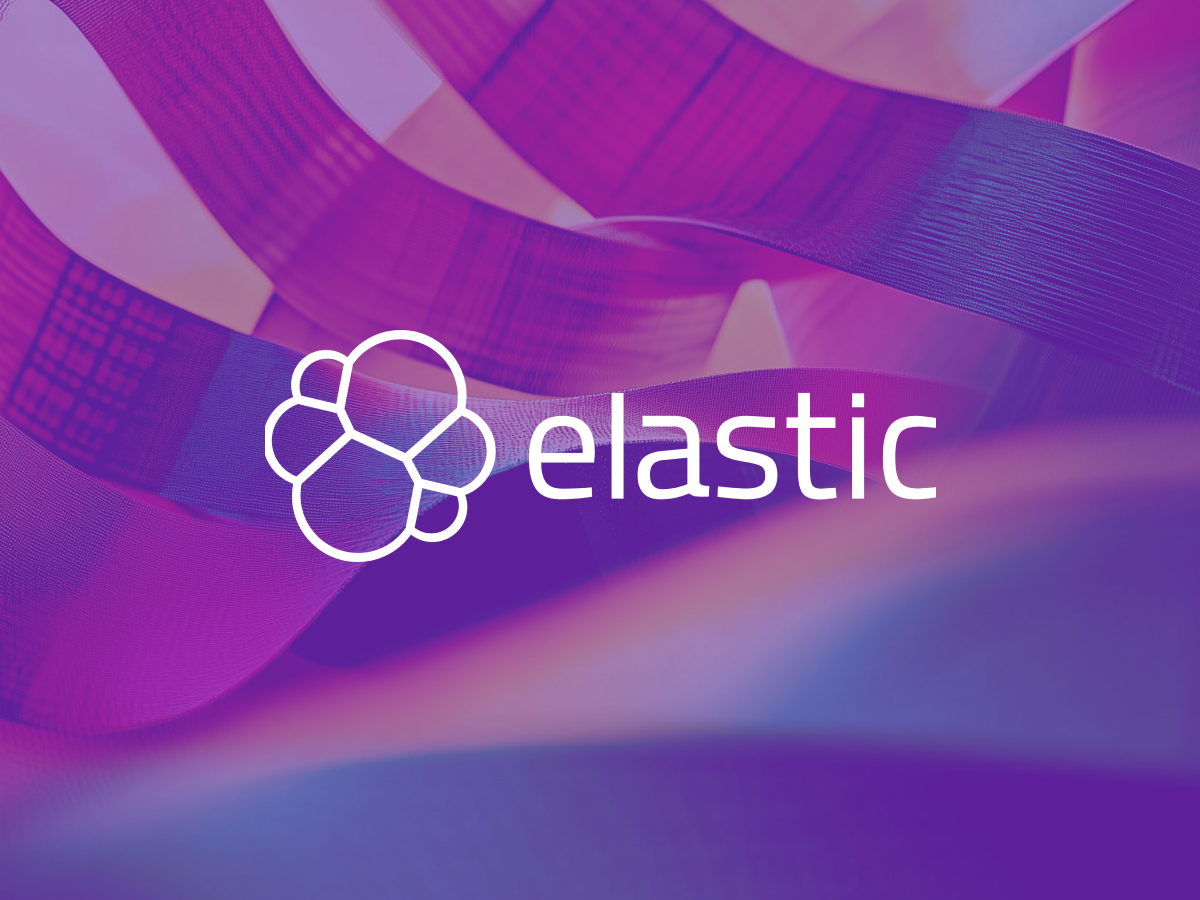Elastic to add a new open-source license
Elastic’s decision to introduce the AGPL (GNU Affero General Public License) alongside its existing licenses, ELv2 (Elastic License 2.0) and SSPL (Server Side Public License), signals a deliberate shift toward transparency and community-driven development.
The AGPL license is known for its stricter terms compared to other open-source licenses, requiring anyone who modifies the software and offers it as a service to share their changes. Elastic aims to reinforce its commitment to open-source principles and limit the ability of third parties to profit from its software without contributing back.
Elastic’s move to expand its licensing options comes at a time when the lines between open source and proprietary software are increasingly blurred.
Many companies, initially founded on open-source principles, have shifted to more restrictive licenses to protect their business interests. Elastic’s decision counters this trend, reinforcing its original mission to foster innovation and collaboration in the open-source community.
What drove Elastic back to open source
AWS’s decision to stop directly copying Elastic’s code and instead develop a separate project, OpenSearch, provided Elastic with the freedom to reconsider its licensing strategy.
Previously, AWS had used Elasticsearch as the basis for its managed services, creating confusion in the marketplace over the source of the technology. After Elastic changed its license in 2021, AWS could no longer use Elasticsearch directly, prompting AWS to fork the codebase and develop its own alternative, OpenSearch.
This move by AWS effectively resolved the trademark issues that had plagued Elastic. With AWS fully invested in its own product, Elastic no longer needed to worry about AWS presenting Elasticsearch as an AWS-branded service.
Clarification in the marketplace let Elastic re-align itself with the open-source community.
Strengthening its partnership with AWS, Elastic now benefits from a competitive market where both companies have their own distinct offerings rather than competing over a single codebase.
Elastic’s decision to return to open-source licensing could influence other software companies considering similar moves. The choice depends on how AWS and other cloud providers handle open source in the future.
If AWS continues to invest in developing independent projects rather than rebranding existing ones, it could lead to more open-source companies feeling secure enough to open up their codebases.
How AWS and Elastic went from rivals to partners
The real story behind Elastic’s trademark battle with AWS
Shay Banon, the founder of Elastic, originally trademarked Elasticsearch to protect his work and maintain the integrity of the open-source project. His actions mirror those of other open-source pioneers, such as Red Hat and JBoss, who used trademarks to protect their contributions from being exploited without compensation or collaboration.
AWS, however, branded its service as “Amazon Elasticsearch,” creating confusion about the origin of the service and misleading the market to think there was a partnership between Elastic and AWS.
In reality, AWS was using Elastic’s open-source code to power a proprietary service without contributing cash, code, or resources to Elastic—which led to a major trademark dispute, with Elastic arguing that AWS was infringing on its trademark and diluting its brand.
Despite Elastic’s efforts, AWS continued to market the service under the Elasticsearch name, causing Elastic to tighten its licensing terms to prevent further misuse.
Why AWS’s decision to fork Elasticsearch paid off for Elastic
AWS’s decision to fork Elasticsearch and develop OpenSearch was initially seen as a potential threat to Elastic’s business. The expectation was that AWS, with its immense resources and reach, could dominate the market with OpenSearch, leaving Elastic in a vulnerable position.
The opposite occurred, however. Through developing OpenSearch, AWS unintentionally gave Elastic the opportunity to differentiate its product further and revert to a more open-source-friendly license.
The move distanced Elastic from AWS’s direct use of its code and allowed it to operate without the shadow of AWS’s brand. Elastic could now focus on innovation and enhancing its products without the risk of direct code copying by AWS.
The true cost of AWS’s attempt to fork Elastic’s code
Building OpenSearch from a forked codebase required AWS to allocate engineering talent, marketing resources, and operational support to create a viable alternative to Elasticsearch. This highlighted the complexities of building an open-source community from scratch, a task often underestimated in terms of time, cost, and expertise required.
AWS’s experience with OpenSearch shows that creating a successful open-source product goes beyond simply operationalizing existing software.
It requires engaging a community, encouraging contributions, and sustaining momentum over time. The process showed that AWS’s strength in operational capabilities does not automatically translate into an ability to build and maintain an open-source ecosystem—which typically demands a different approach and investment.
Is AWS finally changing its approach to open source?
Why AWS has lagged in open source contributions until now
Historically, AWS has not been a major player in open-source contributions. It rarely ranked among the top contributors to key projects within the Cloud Native Computing Foundation, such as Kubernetes and OpenTelemetry.
AWS’s business model, which centers around offering managed services based on open-source software, has often been criticized for taking without giving back to the community.
The company leveraged open-source software to create profitable services but has not been known for investing heavily in the development and sustainability of these projects.
How AWS is making unexpected moves in open source
Recent developments suggest AWS might be shifting its strategy toward a more active engagement with the open-source community. The company’s involvement in the Valkey project, a fork of Redis, marks a notable change.
Valkey differs from past initiatives because an AWS employee, Madelyn Olson, has become a primary contributor to the project. This level of involvement from AWS in an open-source initiative is unusual, as AWS typically does not feature prominently in the contributor lists of major open-source projects.
Valkey could signal AWS’s interest in building a deeper relationship with the open-source community. The decision to support this project suggests AWS might be looking to build credibility in open source by contributing more actively, rather than merely consuming or rebranding open-source software.
What AWS’s new strategy means for Redis and open source
AWS’s investment in Valkey could reduce its reliance on offering Redis as a managed service (ElastiCache), creating space for Redis to return to a more open-source-friendly licensing model.
AWS might shift away from using Redis, encouraging innovation and collaboration around the original open-source project.
The Valkey project could indicate a broader strategic adjustment by AWS, aiming to cultivate trust and engagement within the open-source ecosystem. Such moves may help AWS to counter criticisms and align itself more closely with open-source values, potentially leading to more partnerships and collaborative projects in the future.
How AWS could make or break the future of open source
Can AWS’s forking strategy actually support open source
AWS’s strategy of forking existing projects and developing independent alternatives can impact the sustainability of the open-source model. When AWS takes open-source code and offers it as its own service without contributing, it challenges the economic viability of open-source projects.
When AWS invests in forking and building its own products, like OpenSearch or Valkey, it can support the ecosystem by creating more diverse options and reducing the risks associated with over-reliance on a single vendor.
AWS’s approach can build up healthy competition and innovation by encouraging multiple players to develop and improve upon similar technologies—aligning with its philosophy of customer obsession, where the focus is on delivering better services and products.
These forking efforts could strengthen the open-source market rather than weaken it—provided it continues to contribute actively and build communities around these new offerings.
Final thoughts
As Elastic redefines its path and AWS refines its strategy, the rules of open-source engagement are evolving rapidly. The real question for your brand is: Are you prepared to adapt, collaborate, and innovate within this shifting market, or will you risk being left behind by competitors who understand the new dynamics of partnership and openness?





